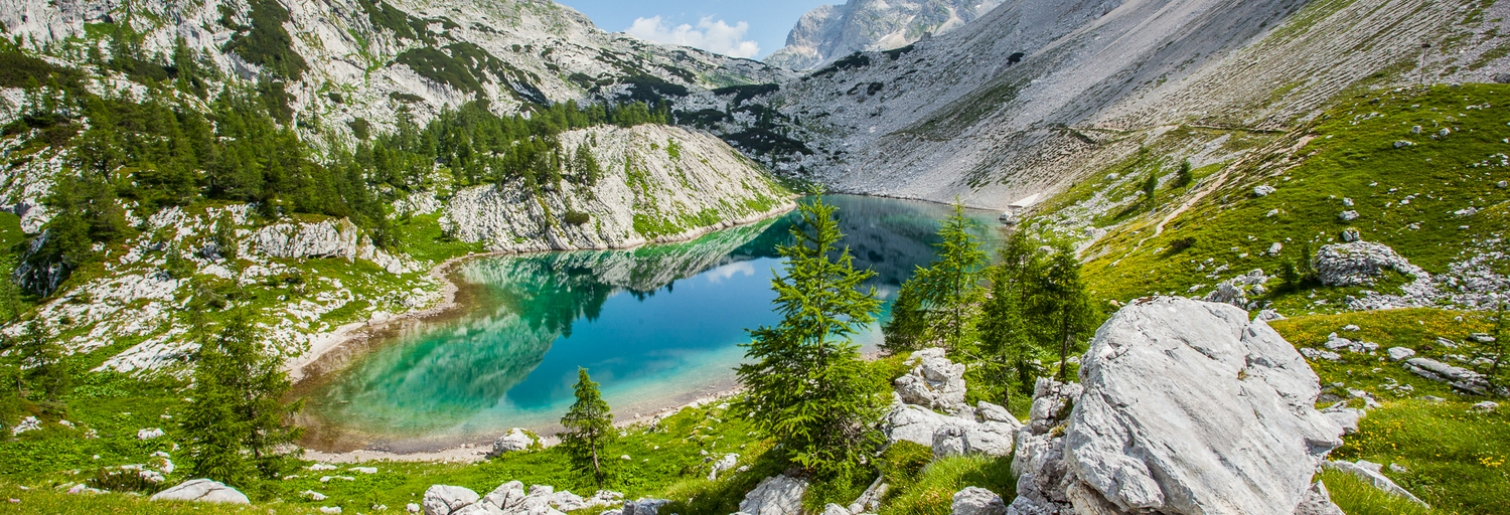Was this page helpful?
Thank you.
Thank you.

